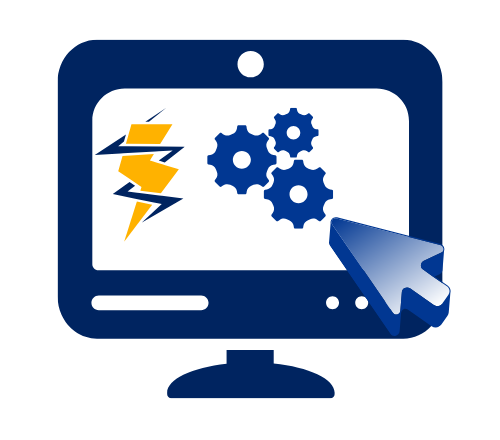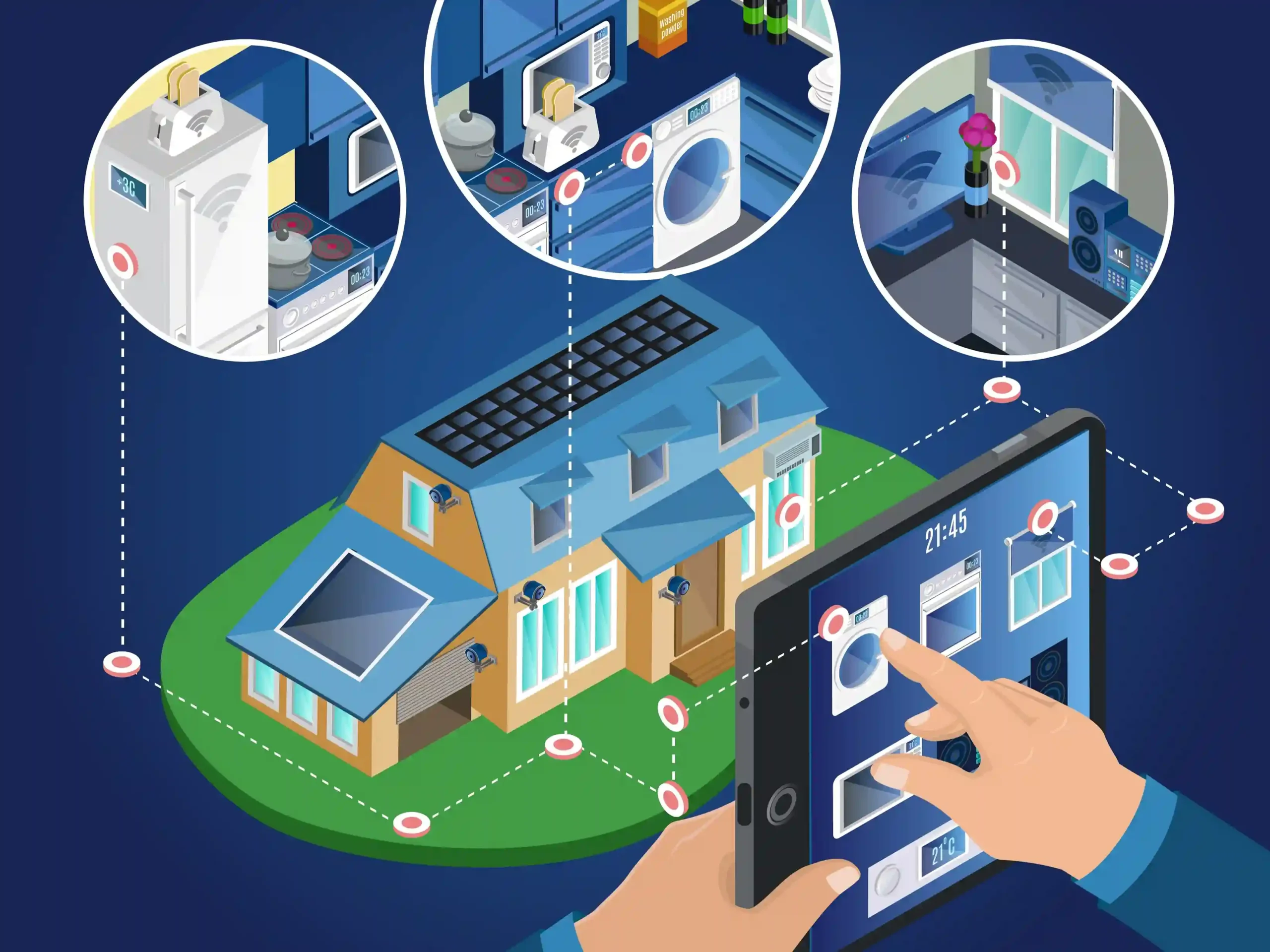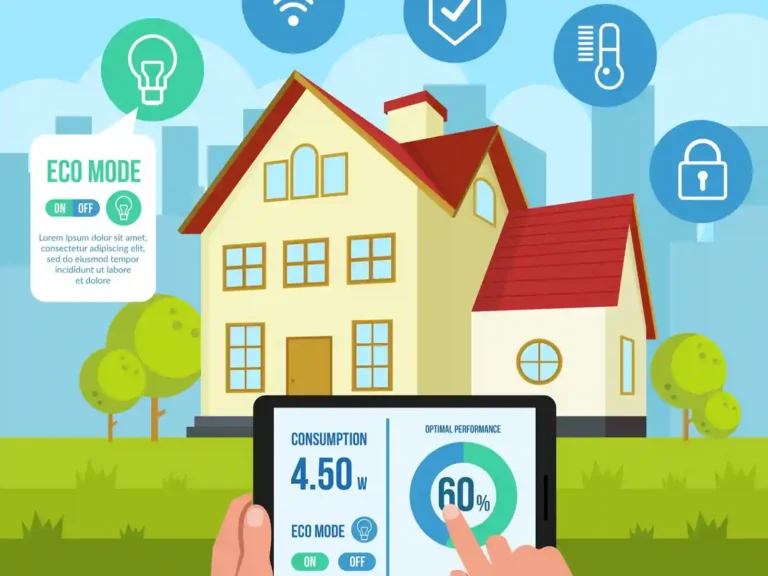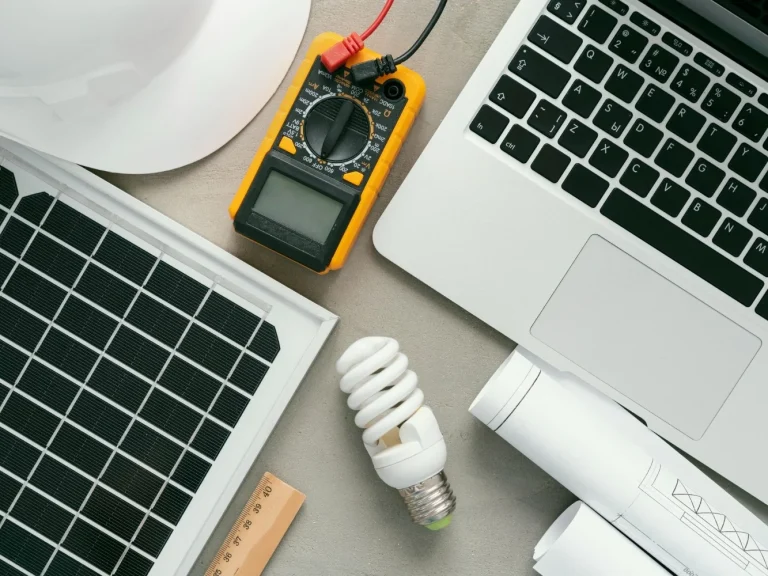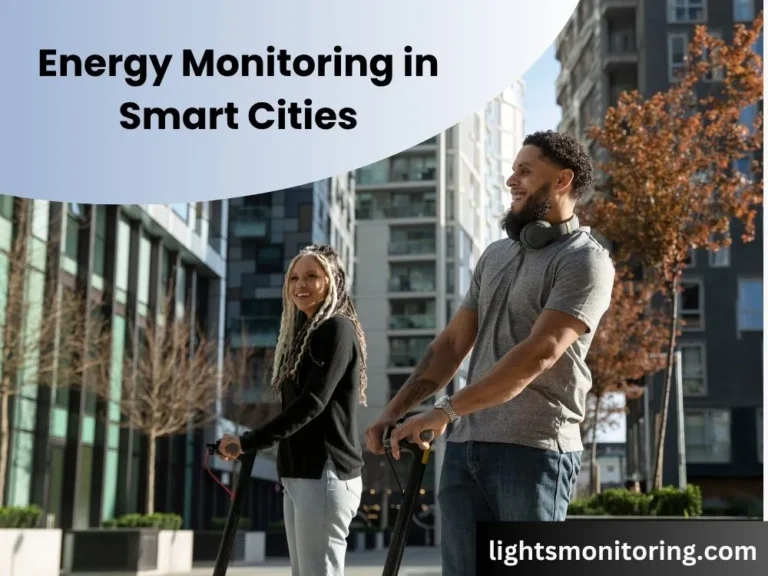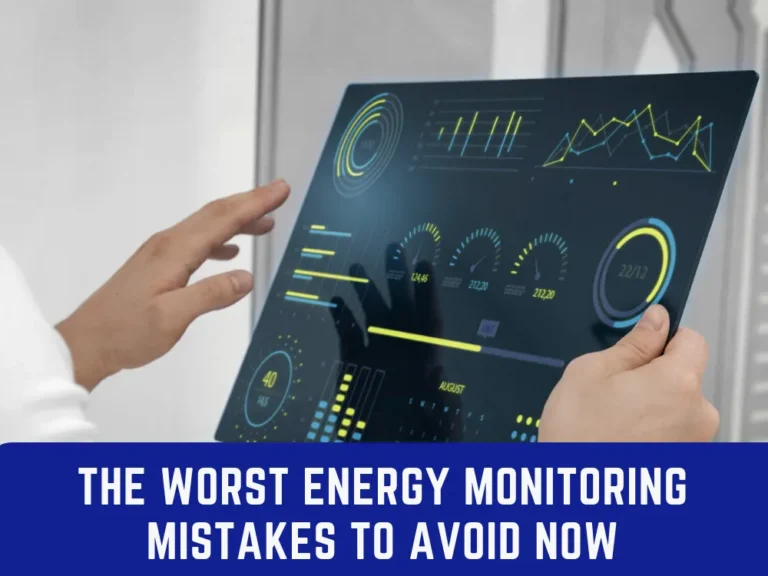What Is Real-Time Energy Monitoring? The Game-Changer
Real-time energy monitoring is changing the way we manage electricity. It offers instant insights into energy usage, allowing homeowners and businesses to cut unnecessary consumption and save money. In today’s tech-driven world, this isn’t just a luxury—it’s a practical necessity. According to Energy.gov, households can unknowingly waste up to 35% of their electricity. Real-time monitoring helps you track and reduce that waste before it becomes costly.
Discover how real-time energy monitoring can revolutionize your energy use.
How to Monitor Real-Time Electricity Usage
Real-time energy monitoring means tracking your electricity usage as it happens. You get immediate data about your consumption, which helps you take action before your next bill arrives.
Smart Meters & IoT Devices
• Direct Integration
Smart meters connect directly to your electrical panel, automatically collecting usage data every few seconds.
• Enhanced Granularity
IoT devices add even more detail, allowing for remote tracking and integration with smart home systems. This approach is ideal for anyone exploring home automation and energy tracking. For example, if you’re building a smart home, you’ll benefit from smart systems that seamlessly combine automation and monitoring. Learn more in our post on how to make your home smarter with monitoring tools.
Mobile Apps & Dashboards
• User-Friendly Interface
Real-time data is pushed to intuitive mobile apps, making it easy to track how much energy your home or office is using—right from your phone.
• Clear Insights
Dashboards highlight the most power-hungry appliances, helping you make informed decisions. If you’re just starting out, understanding the basics can help—check out this helpful overview
Why Is Real-Time Energy Monitoring a Game-Changer?
Real-time energy monitoring delivers a host of benefits that go far beyond watching numbers on a screen.
• Save Money Instantly
Quickly identify high-consuming appliances and stop unnecessary usage. This can dramatically reduce your monthly electricity bills.
If you’re looking to lower your bills further, you might want to explore how energy monitoring actually works and where the real savings come from. Here’s a detailed explanation
• Lower Carbon Footprint
Consuming less power not only saves money—it also helps the environment by reducing carbon emissions.
• Better Control
Some systems allow remote appliance control or send real-time alerts when energy usage spikes. This gives you full control even when you’re away from home.
Real-Life Example
Sarah, a homeowner, installed a real-time energy monitor and discovered her old refrigerator was consuming far more energy than expected. After replacing it and making a few smart adjustments, she reduced her monthly electricity bill by 20%.
If you’re inspired by Sarah’s story and want to install a monitor yourself, our step-by-step DIY installation guide is a great place to start.

Key Features to Look for in a Real-Time Energy Monitor
When choosing the right monitor, prioritize the following features:
Real-Time Data Tracking: Instant insights via mobile or desktop apps.
Appliance-Level Monitoring: Identify exactly which devices are driving your usage up.
Smart Home Compatibility: Seamless integration with Alexa, Google Home, and other IoT platforms.
User-Friendly Reports: Get clean, actionable insights that help reduce consumption.
Need help comparing different options? We’ve outlined the best monitors across various use cases here:
How to Choose the Best Real-Time Energy Monitor for Your Needs
Choosing the right monitor depends on your specific situation:
For Homes
Smaller households may need simpler systems. If you’re unsure what to look for, this buyer’s guide breaks it down clearly .For Businesses
Look for high-capacity systems that offer detailed analytics. For the best-performing options, see our business-focused monitor reviews .Budget vs. Premium
From affordable basic monitors to advanced systems with AI-based analytics, there’s something for every budget. Learn more in our detailed review:
Best Energy Monitor for Whole House 2025
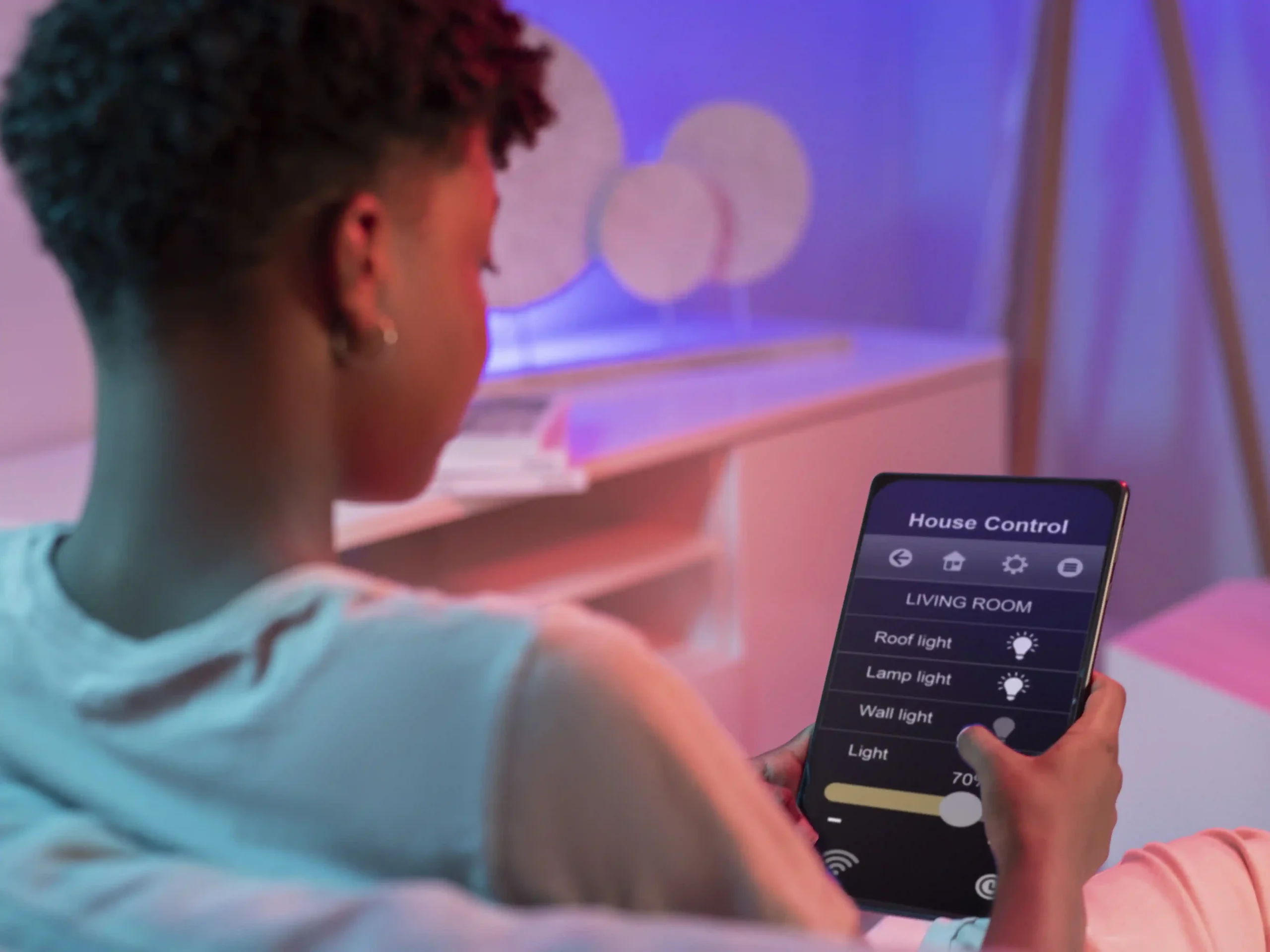
Real-Life Success Stories: How People Saved Big on Energy Bills
A Family’s Savings
One family monitored their usage, identified unnecessary consumption, and made small habit changes—resulting in a 25% drop in their monthly energy bills.
• A Small Business Breakthrough
A small business slashed its annual energy costs by thousands after using real-time monitoring to find and replace outdated machinery.
Want to know what businesses can gain from energy monitoring? Read more in our breakdown of energy savings for companies.
Why Energy Monitoring Matters in 2025
Let’s break it down:
Average Cost
Energy monitors range from $50 to $200, depending on features and brand.Savings Potential
Users often report savings of 25–30% annually, especially when paired with smart energy habits and efficient devices.Return on Investment (ROI)
Most monitors pay for themselves in under a year through energy savings alone.
To avoid wasting money, it’s really important to know what mistakes to avoid when setting up a monitoring system.
Where to Buy the Best Real-Time Energy Monitors
Ready to invest in your energy-saving future?
Recommended Monitors
Sense Energy Monitor – Best for homeowners
Emporia Energy Monitor – Great for renters or budget setups
TED Pro Energy Monitor – Ideal for commercial or high-load environments
Find them at trusted retailers like Amazon, Home Depot, and other certified vendors.
Start saving now! View our expert picks here.
Final Thoughts: Take Control of Your Energy Use Today
Real-time energy monitoring empowers you to take control of your electricity usage. Whether you’re cutting down your power bill, living more sustainably, or simply curious about your home’s energy habits, these tools offer game-changing insights.
Looking to go further? If you manage an industrial facility, consider scaling up with a full energy management system.
And if you’re interested in how cities are applying this technology for sustainability, don’t miss this detailed insight.
Take the next step—make smarter energy choices today.
